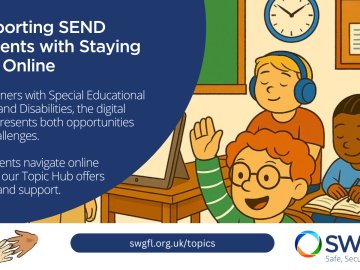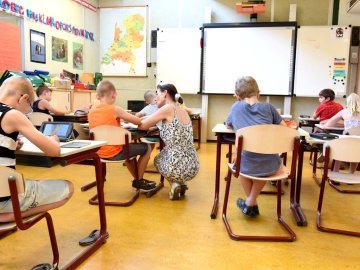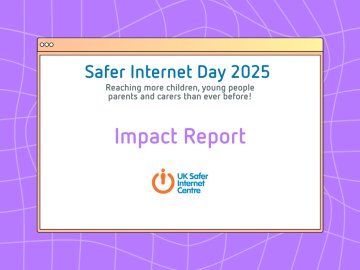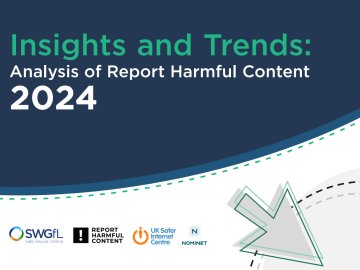Having worked on the helpline and dealt with cases for almost 6 years, I felt as though I knew my data like the back of my hand – I could reel off examples and case studies reflecting the whole helpline like reciting my favourite song.
I’m not wrong, but having the data crunched, analysed and presented back to me by an academic has allowed me to see some of the key issues and trends we face in a different way. The report includes a lot of useful insights, and in this article, I am going to go through some of my key highlights.
What the Annual Report Covers
Before I get into the highlights, a little info about the report and how it has been put together for context. The data is taken from 2019 and, while the data set is a year old, we continue to see similar themes in 2020. Covid-19 and lockdown will have skewed things somewhat, but that is something we can look back and hopefully learn from in 2021.
We have wanted to compile an annual report for some time but have thus far not had the opportunity or resource to do so. In steps Elena Sharratt (PHD), RHC practitioner and all-round report producing extraordinaire!
We are so grateful to Elena for putting this together (sadly she is no longer working with us, but no doubt bossing it in her new role!)
As you may know the helpline is available to anyone working with children and young people in the UK, however, throughout this article and the report, we talk mostly about teachers. That is because 67% of our cases come from schools and teachers.
This is due to the fact that it is easier for us to market ourselves to schools. Children spend the majority of their time in schools, so it makes sense that this is where they would seek support. We do also hear from a plethora of other organisations as you can see from this useful graphic.
Additionally, over the last year we have heard from an increasing number of “other organisations” in relation to moving their services online. Most recently a church contacted us about hosting holy communion over zoom.
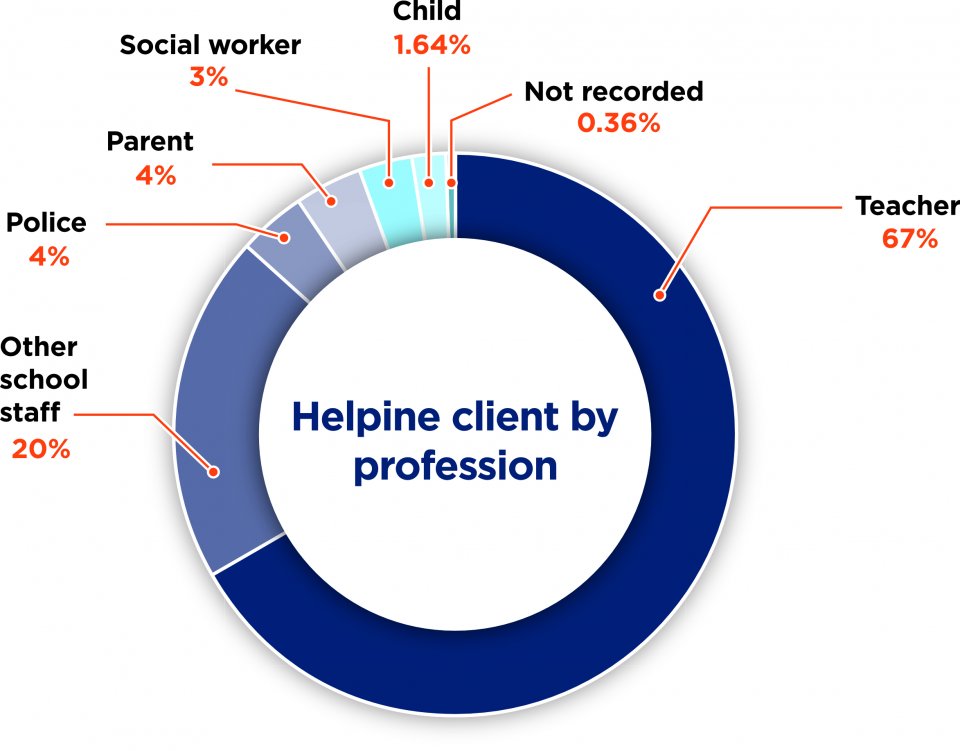
That’s enough back ground info, for now but if you are interested and want to know more about the methodology and get deep into it, I fully encourage you to get your tea and biscuits and read the full report.
The UKSIC Helpline Annual Report Highlights
Gender Disparity
It may not come as a surprise that girls are more likely to be victims of peer on peer abuse, we see this presenting as cyber bullying and sexting.
- 100% of sexting cases from secondary schools involved a female victim.
- Whereas cases identified as “inappropriate use” were predominantly perpetrated by male students (70%)
It’s interesting to see in this report that there are gendered issues facing the professionals too. The report finds that female (teachers specifically) are more likely to deal with and contact the helpline with complex cases that have a larger emotional burden.
When I think about it, it’s not wholly surprising, often women are the more maternal figures in school, and perhaps more approachable. But what standard does this set for future generations when children consistently see females as being the ones to deal with emotional issues. And what other extra support is there for these teachers, if any? Are their skills and pastoral support recognised and congratulated or is it that they just get lumped with the “tough” stuff.
Male teachers do of course contact the helpline with these types of cases also, but as you will see in the report this is only a fraction in comparison. Males have the capacity and are able to provide the empathy and emotional support needed but perhaps aren’t presented with the opportunity to help as often as female teachers.
- Female teachers are also more likely to be the target of abuse in forms of complaints online from parents (40% as opposed to 20% targeted at males).
- Male professionals were almost as likely as females to be victims of online harassment (20% male, 23% female, 57% mixed gender victims), with accusations of abuse and paedophilia often playing a part in the bullying of male staff.
On the helpline we deal with meme pages vey frequently, I would say at least once a week. These often present as “banter” and are intended as light hearted fun, but do more often than not poke fun at and humiliate school staff. The report finds all school staff are targeted on these pages, but when they also include a potential allegation of abuse, its men that are the subject.
This kind of remark is often flippant, but can cause serious concern for schools and teachers. Allegations of this nature, however jokey, ought to be investigated as potential whistleblowing, this is necessary but it takes time and a toll on the staff involved.
Vulnerabilities
- The report confirms what we have seen on the helpline for some time, and that is a real lack of provision for young people with SEND, and the professionals working with them.
SEND is a massive catch-all term and children within that have varying abilities. We consistently hear that resources which are available are pitched far too low. A lot of resources out there will be “how to search the internet” and very basic steps.
Many young autistic people are some of this country’s genius’; they do not need to be told how to use a computer and in fact could likely teach us a thing or two. Whereas other children will need a lot more support in understanding basic functions, but may have a better grasp on the social ques and so on. It’s a mine field and professionals are coming to us exasperated, just trying to find something that could help.
- One thing we typically hear on the helpline is around sexting, students who have difficulty with social and emotional learning, may not comprehend that relentlessly sending naked selfies is A) against the law and B) Not always well received.
In this last year we have completed some work to fill this gap and you can check out the full suite of resource here, if you missed it (where have you been!?) the SEND adapted version of ‘So You Got Naked Online’. We appreciate there’s still a long way to go, but this is a welcome resource that addresses a common problem.
Impact and Future
Lots of these themes fit together and work alongside each other. We touched on it earlier, but the other main thing for me was the level of abuse directed at teachers and the children’s workforce overall.
In this graphic* you can see there is an almost even split of cases impacting professionals or young people. It seems working with children makes you more vulnerable to abuse online, specifically.
Bullying by students should not be regarded as an occupational hazard for teachers although, unfortunately, research suggests that this is increasingly becoming the case (Busby, 2019; Department for Education, 2014; The Key, 2016; NASUWT, 2018).
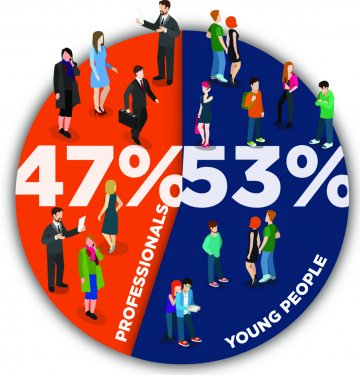 Moving forward and into the next year, this is something we want to work on. Not only is this behaviour damaging professionals in this field, and surely discouraging new people from joining, it has a knock-on effect to the young people too.
Moving forward and into the next year, this is something we want to work on. Not only is this behaviour damaging professionals in this field, and surely discouraging new people from joining, it has a knock-on effect to the young people too.
Imagine you have created a meme page about your head teacher or come across a different one that shares really nasty comments, rates your teachers on looks alone and incites hateful remarks. Nothing gets done and it remains online, even though you can see your teachers’ are clearly distressed by it.
This surely sets a standard that online abuse is something the school tolerates and that clearly there is nothing that can be done about it. This may even be causing a barrier for children reporting online bullying: it happens to their teachers so surely everyone else is fair game too?
Reading this report and understanding how all these issues intertwine and connect has been fascinating, and has given me new inspiration for the years to come. Sometimes even when you think you know it all, you can still learn something new or see something that has been hiding in plain sight!
Read the Full UK Safer Internet Centre Helplines Report 2020



